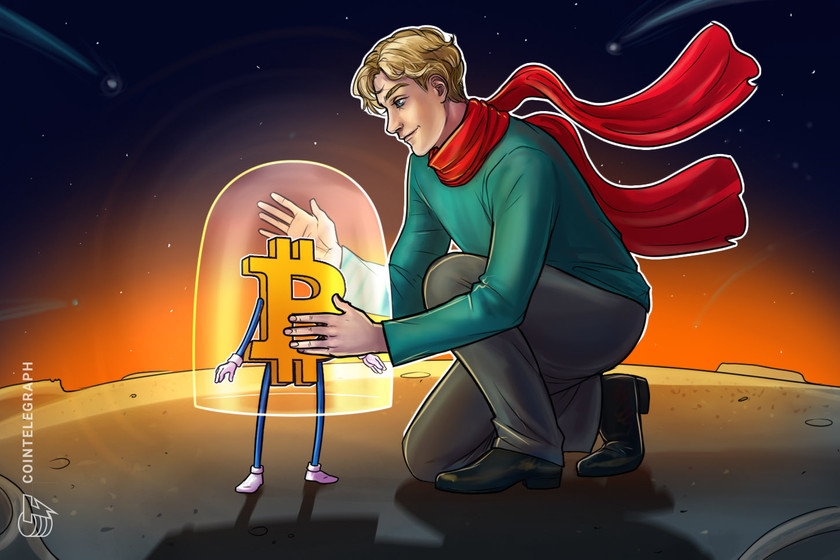Democratic senators chide Fidelity Investments for BTC-exposed retirement funds


Crypto critic Elizabeth Warren and two colleagues write to the Fidelity CEO again to express their displeasure with crypto-exposed 401(k) offerings.
Three United States senators have written to Fidelity Investments CEO Abigail Johnson demanding an explanation for the financial services company’s decision to include Bitcoin-exposed funds in its 401(k) retirement plans. “This decision is immensely troubling,” they wrote.
Democrats Dick Durbin, Elizabeth Warren and Tina Smith sent their letter Tuesday. The letter, which is around a page and a half long, discussed Americans’ retirement savings habits in general terms with minimal statistics but numerous rhetorical flourishes and strings of adjectives. The money American consumers may invest in retirement funds is “hard earned,” for example, and their exposure to the “cryptocurrency casino” is “a bridge too far.” The authors of the letter asked:
“When saving for retirement is already a challenge for so many Americans, why would Fidelity allow those who can save to be exposed to an untested, highly volatile asset like Bitcoin?”
There is no call to action in the letter, aside from “We look forward to your response.”
U.S. Senators Upset That Fidelity Investments Offers a Bitcoin 401(k) Retirement Option
– Senators Warren, Durbin, and Smithhttps://t.co/9YJMGgwE8g pic.twitter.com/Fgk9CprOce
— no bullshit bitcoin (@nobsbitcoin) July 28, 2022
The senators were objecting to funds Fidelity Investments introduced in March. Warren, who represents Massachusetts, the state in which Fidelity Investments is based, teamed up with Smith to write to Johnson at the beginning of May, sending a detailed and copiously footnoted letter objecting to the inclusion of Bitcoin (BTC) in retirement plans. That letter concluded with a list of questions and set a two-week deadline for a response.
Related: Survey: More than a quarter of U.S. millennials plan to use crypto to fund retirement
Fidelity Investments’ actions were controversial within the government. The Department of Labor released a compliance report ahead of the announcement of Fidelity Investments’ embrace of crypto-exposed retirement funds that promised an “investigative program” aimed at retirement plans that included crypto. That report eventually led to a lawsuit against the department.
Also at the beginning of May, Republican Alabama Senator Tommy Tuberville introduced the Financial Freedom Act to protect investors’ right to include crypto in retirement accounts.




















